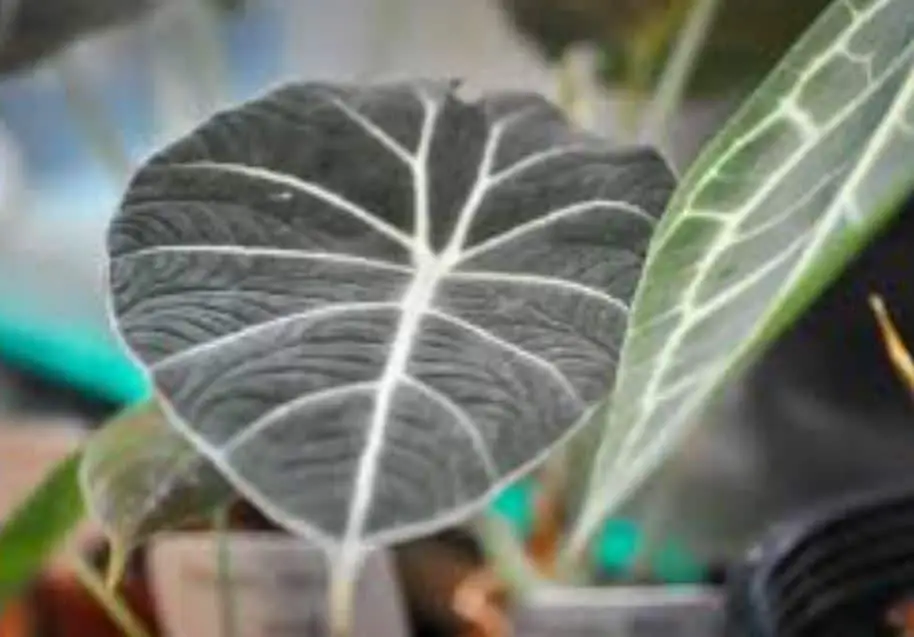Fantastic plants for the garden or house are alocasias. They are native to southeast Asia and Australia and are used to high temperatures all year round; thus, in all except the hottest areas, they must be overwintered in pots or dug out and preserved as bulbs in a cold, dry spot. However, fertilizing alocasia plants is crucial to their healthy development regardless of how you cultivate them. Read on on the alocasia plant feeding and alocasia fertilization schedule.

Feeding Alocasias
Aloe plants can grow quite large. They may grow to a height of 10 feet (3 meters) and generate 3 feet (1 meter) long leaves if overwintered successfully for many years. Fertilizer is essential for developing such beautiful plants.
Alocasias are strong feeders. Therefore the only way to keep up with their hunger is to fertilize alocasia plants often. Before you plant your aloes, add 2 pounds (1 kg) of slow-release fertilizer to every 100 square feet (9 sq m) of soil.
Continue fertilizing every two to four weeks as usual.
Potted Alocasia fertilizer
If you’re growing alocasias inside, is feeding them necessary? You likely want your indoor plant to be at least 3 meters (10 feet) tall. But the thing with fertilizer is that it’s for more than just quick expansion. Your aloe will almost never reach its maximum height if kept in a container, but it still needs regular fertilization—possibly much more so.
The small volume of soil in a container makes it easier for nutrients to be washed away. To keep your aloe vera plants growing strong and healthy, sprinkle some water-soluble fertilizer after each watering.
If the leaves on your alocasia seem scorched, you’re probably using too much fertilizer. Reduce your fertilization schedule after flushing the container with lots of clean water until it drains out the drainage holes.


